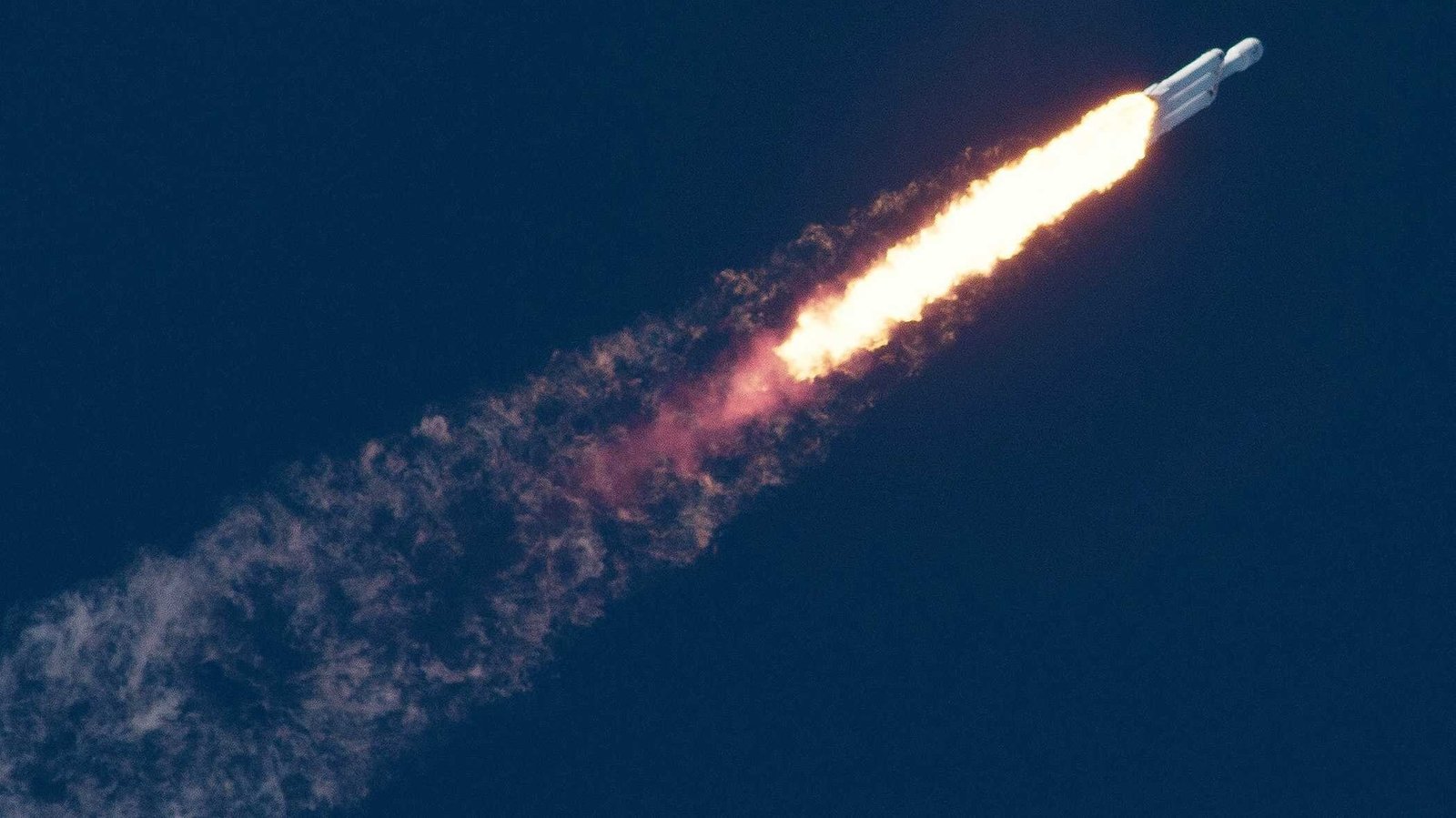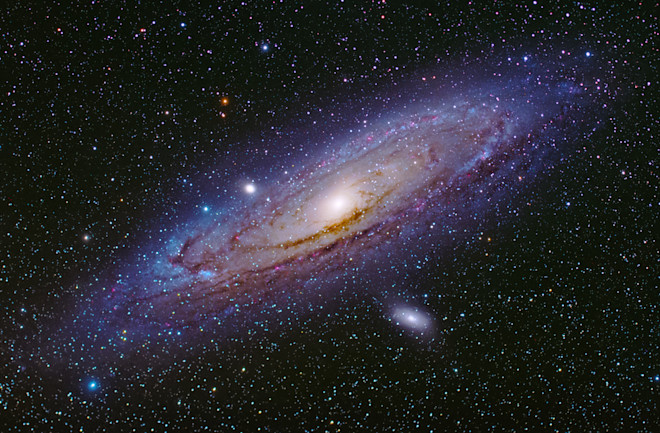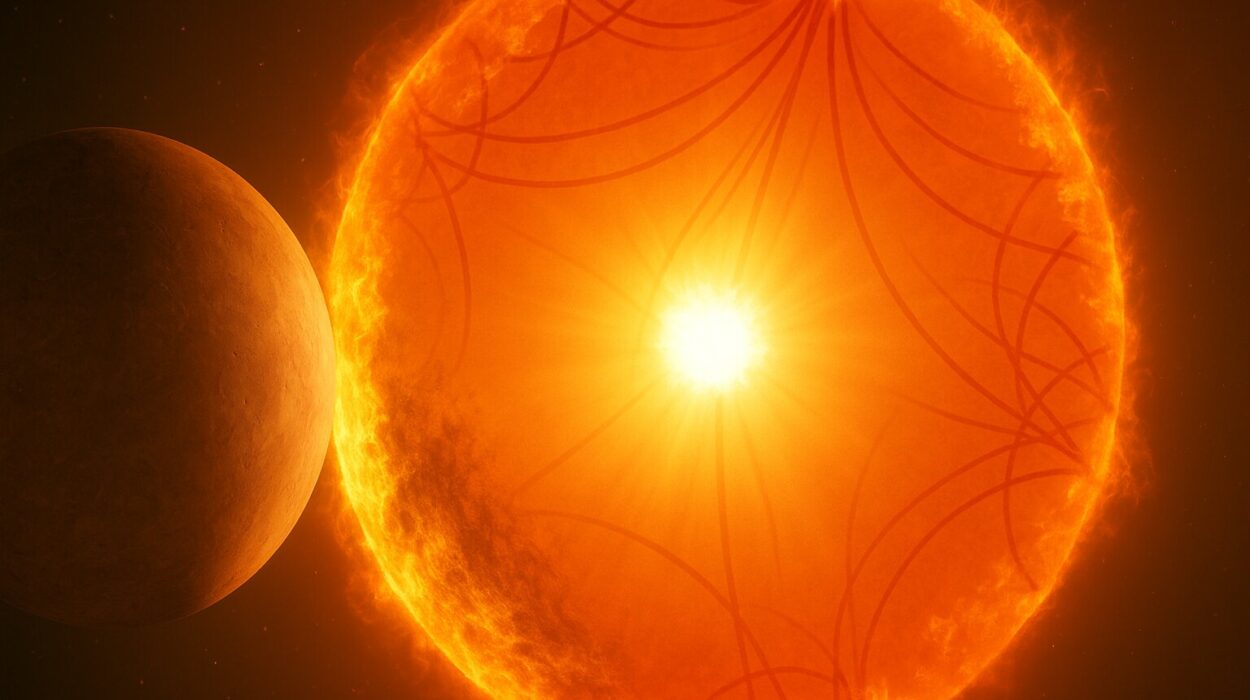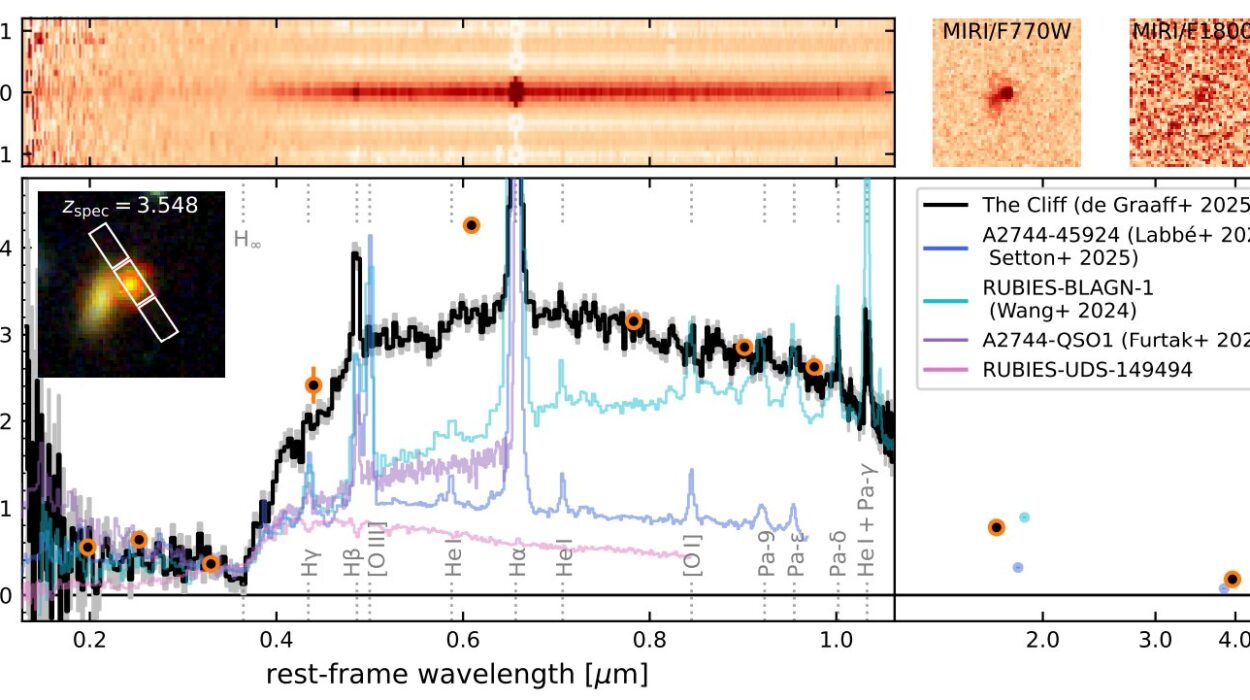Look up on a clear night and you’ll see the future blinking back. Dots of light, some moving with eerie precision, sweep across the heavens—satellites, many of them newly launched. It feels like progress. A connected world, high-speed internet beamed to remote villages, real-time Earth monitoring from orbit. Space has never felt so close. But in the pursuit of this vast frontier, we may be overlooking something fragile and urgently Earth-bound: the ozone layer.
Once humanity’s environmental Achilles heel, the ozone layer has slowly been mending since the late 20th century, thanks to coordinated global efforts. But now, another, less visible threat is rising—not from factories or cars, but from the very rockets that carry our hopes and technologies into space.
An Emerging Threat From Above
When people think of environmental damage, images of smoke stacks, oil spills, and deforestation usually come to mind. Rarely do they imagine sleek space rockets piercing the upper atmosphere. But according to Sandro Vattioni and an international team of researchers led by Laura Revell of the University of Canterbury, this emerging form of pollution could have long-term implications for one of Earth’s most critical shields—the ozone layer.
Rocket launches are increasing at an unprecedented pace. In 2019, there were just 97 orbital rocket launches worldwide. By 2024, that number has nearly tripled to 258. If current trends hold, the number could soar to over 2,000 launches per year by 2030. Each launch, though fleeting in duration, leaves behind a trail of chemicals and particles that linger far longer than emissions from ground-based sources.
Rockets punch through the stratosphere and mesosphere, regions of the atmosphere that lack the self-cleaning mechanisms we rely on closer to Earth’s surface. No rainfall or wind currents sweep pollutants away up there. As a result, emissions from rockets can persist 10 to 100 times longer in the upper atmosphere—giving them far more time to interact with and damage ozone molecules.
What the Models Reveal
To better understand what this might mean for the future, Vattioni and his colleagues used a sophisticated chemistry-climate model developed at ETH Zurich and the Physical Meteorological Observatory in Davos. They simulated how rocket emissions might influence the ozone layer by the year 2030 under a scenario of aggressive industry growth.
Their projections weren’t apocalyptic, but they were sobering. If launches reach around 2,040 per year, the global average ozone thickness could drop by about 0.3%. That may sound like a small number—but when applied to the entire planet’s atmosphere, it becomes substantial. Over Antarctica, where the ozone hole still forms each spring, the seasonal reductions could reach up to 4%.
This setback may seem modest until you remember that the ozone layer is still recovering from past damage. The once-rampant use of chlorofluorocarbons (CFCs)—chemicals found in old refrigerators and aerosol sprays—left deep scars in the atmosphere. Thanks to the Montreal Protocol of 1989, these substances were phased out, and the ozone layer began its slow healing. But it’s still about 2% thinner than it was in pre-industrial times and isn’t expected to fully recover until 2066.
If rocket emissions go unregulated, the recovery could be delayed by years—or even decades.
What Makes Rocket Emissions So Harmful?
The destructive power of rocket launches lies in the cocktail of chemicals and particles they inject into the upper atmosphere. Two culprits stand out: chlorine compounds and soot particles.
Chlorine is particularly potent because it catalyzes a chain reaction that destroys ozone molecules. One chlorine atom can break apart thousands of ozone molecules before it becomes neutralized. Most of this chlorine comes from solid rocket propellants, which are still widely used due to their stability and power.
Soot, or black carbon, poses a different kind of threat. When released into the stratosphere, these tiny particles absorb heat and cause localized warming. This warming accelerates chemical reactions that deplete ozone, creating a feedback loop that further erodes the layer meant to protect life on Earth from harmful ultraviolet radiation.
In contrast, some modern rockets use cryogenic fuels like liquid hydrogen and oxygen, which produce only water vapor as exhaust. These are significantly less damaging to the ozone layer. However, they’re used in only about 6% of today’s launches due to the engineering challenges and costs involved in storing and handling such super-cooled materials.
The Invisible Fire of Re-Entry
While most attention has been focused on rocket launches, the end of a satellite’s life can be just as problematic. Thousands of satellites currently orbit Earth, and when their missions end, most are programmed to re-enter the atmosphere and burn up.
This fiery re-entry isn’t just a spectacular streak across the sky—it’s a chemical event. The intense heat vaporizes satellite materials, releasing metal particles and nitrogen oxides into the upper atmosphere. Both can harm the ozone layer. Nitrogen oxides are known ozone-depleting agents, while metals may act as catalysts or seed the formation of polar stratospheric clouds, which amplify ozone destruction, especially over the poles.
These effects remain poorly understood and are not yet accounted for in most atmospheric models. But as satellite megaconstellations multiply—driven by companies aiming to provide global internet coverage—the frequency of satellite re-entries will rise dramatically. That means more burn-ups, more pollution, and potentially more ozone depletion than our current estimates suggest.
A Question of Pace and Policy
The most concerning aspect of this issue isn’t the severity of individual launches—it’s the sheer speed of industry expansion combined with a lack of regulation. Rocket emissions are not currently governed by any global environmental treaties. While Earth-based emissions are tightly monitored and controlled under frameworks like the Paris Agreement, space emissions remain in a gray area.
Yet, the path forward isn’t out of reach. Vattioni and his co-authors argue that a cleaner launch industry is possible. The technology already exists to minimize damage to the ozone layer. It’s a matter of making informed choices, supported by policy, public awareness, and industry responsibility.
Choosing low-emission fuels, phasing out solid rocket motors, developing reusable launch vehicles, and investing in cryogenic technologies could make a dramatic difference. These changes won’t happen overnight, but coordinated efforts between scientists, space agencies, private industry, and international regulators can steer the trajectory away from environmental harm.
The Montreal Protocol offers a template. When it was adopted in 1987, it was hailed as a triumph of global cooperation—a rare moment when nations united to protect something shared. It worked. The hole in the ozone layer stopped growing. Recovery began.
Now, the question is whether we can summon that same spirit of collaboration to address a 21st-century problem born from the edge of space.
The Sky Isn’t Empty Anymore—But It’s Still Ours to Care For
What’s happening in the skies above us is thrilling. We’re launching telescopes that see to the edge of the universe, probes that touch the sun, and constellations of satellites that could reshape how we connect and communicate. Space is no longer the realm of a few nations—it belongs to private companies, entrepreneurs, and even students with cube satellites.
But as we reach for the stars, we must remember the thin blue shield that made all of this possible—the ozone layer that filters sunlight, protects our skin, and maintains life as we know it.
Progress does not need to come at the cost of the planet. With forethought, collaboration, and scientific insight, we can chart a course that lets us explore space without harming Earth’s atmosphere. The sky may no longer be the limit, but it remains our shared responsibility.
Before we look outward, we must look upward—and remember what’s at stake.
Reference: Laura E. Revell et al, Near-future rocket launches could slow ozone recovery, npj Climate and Atmospheric Science (2025). DOI: 10.1038/s41612-025-01098-6






